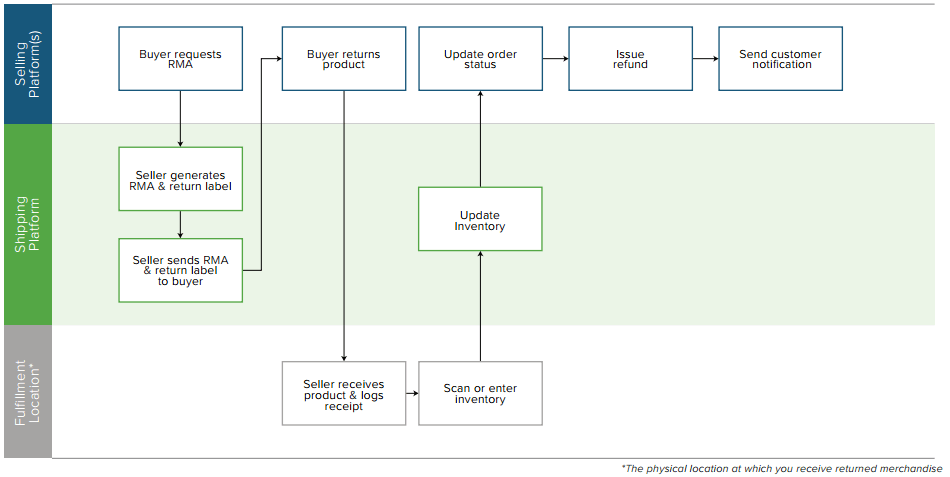Laytime Calculation Laytime is the period of time within which the loading or discharging operation is required to be successfully completed according to the charter-party. Laytime is at the charterer’s free disposal in other words laytime is already included in the freight calculations. Easy understanding of Laytime calculation in a Voyage Charter Party: The statement of Fact is an important document for Laytime calculation. SOF should be agreed by all parties involved (master.
Easy understanding of Laytime calculation in a Voyage Charter Party:
The statement of Fact is an important document for Laytime calculation. SOF should be agreed by all parties involved (master, stevedore, agent, port, shipper, receiver etc.), and will normally be presented by the agent to the master for his signature and return; the master should retain a copy. It’s master look out to verify the timing with port log book before signing. There always chances that the charterer’s agent may have obtained inaccurate times from his terminal supervisor, or may, for example, have recorded a period of rain in the vicinity of his office or surrounding area that did not affect the ship for the same period.
The SOF/Time Sheet is an extract from the vessel’s port operations log provided by the charterer’s agent and contains times of all relevant events, including:
• The arrival of the ship;
• Notice of Readiness tendering time ;
• Commencement of lay time;
• Commencement of cargo operations & Termination of cargo operation
• Periods of suspension of laytime & Termination of laytime.
Vessel’s agent cheeks all details in SOF and preparing the Laytime Statement, from which any amount of demurrage or despatch money payable will be calculated.
Laytime calculation is required for determining whether on completion of loading or discharge operations despatch is payable to the charterers or demurrage is due to the owners.Vessel’s master should keep a track of Laytime, commencement of laytime, and running, interrupted or expired of laytime. Laytime calculation is recorded on laytime statement. The vessel’s port agent is generally responsible for calculating the total sum due and rendering accounts.
Below stages are required in a laytime calculation:
1. Understanding of relevant clauses in the charter party.
2. Obtain SOF from vessel’s agent.
3. Determine the duration of laytime allowed.
4. Ascertain time of commencement of laytime.
5. Allow for interruptions to laytime as per the charter party.
6. Ascertain time of expiry of laytime.
7. Calculate despatch or demurrage payable.
Follow Capt.Dheeraj Kumar on Twitter: Capt_Dheeraj

Laytime Calculation Software
In the calculation of demurrage amount payable to shipowner, demurrage rate is multiplied by the number of days or part of day in excess of the agreed laytime. For example:
- Total Laytime Allowed 11 days
- Demurrage Rate $60,000 per day pro rata (PDPR)
- Ship exceeded laytime allowed for loading and discharging by 4 days 6 hours 30 mins
- Demurrage Payable =4d 6h 30m x $60,000 per day =4.27083 days x $60,000 = $256,250
In order to arrive at the number of days on demurrage, a calculation of the time in port must be made making reference to the time allowed (laytime) and whether time is counting or whether it is an exception and does not count. Demurrage calculation is similar to using a stopwatch in that the clock will continue to run until there is a qualifying exception and the time will stop. Therefore, in any charter-party it is important to know exactly when the agreed laytime has expired as the ship, from that point, ship will be on demurrage.
‘Once on Demurrage, Always on Demurrage’ phrase is sometimes overused and often misleading. It is crucial to note that the rules for the stopwatch change when a ship is on demurrage and careful attention must be paid to the detail of the specific charter-party when this happens.
General rule is that express exceptions to laytime do not apply to demurrage unless there is clear wording in the charter-party to that effect. Theoretically, the clock does not stop running once the ship has gone on demurrage,
Free Laytime Calculation
For example, Asbatankvoy – Clause 7 last sentence reads as follows: Time consumed by the ship in moving from loading or discharge port anchorage to her loading or discharge berth, discharging ballast water or slops, will not count as used lay time. If the ship was moving from the anchorage to the berth and the laytime at that time had not been used up then time will not run during the period of moving to the berth. On the other hand, if lay time had expired and the ship was on demurrage then time would continue to run for such an event and the owner is entitled to demurrage for this time.
Laytime Calculation Sheet
Great care must be taken over the wording of the charter-party for events which interrupt laytime to apply to demurrage.
Demurrage would not run where there is a fault on the part of the shipowner. For example, a ship breakdown, as shipowner should not be able to profit (paid for demurrage) for his own breach of contract. General exceptions clauses will not apply to demurrage unless the wording specifically supports this. Time on demurrage ends at the same time as laytime would have done, such as when completion of cargo operations in dry bulk market or when disconnection of cargo hoses in the tanker market.